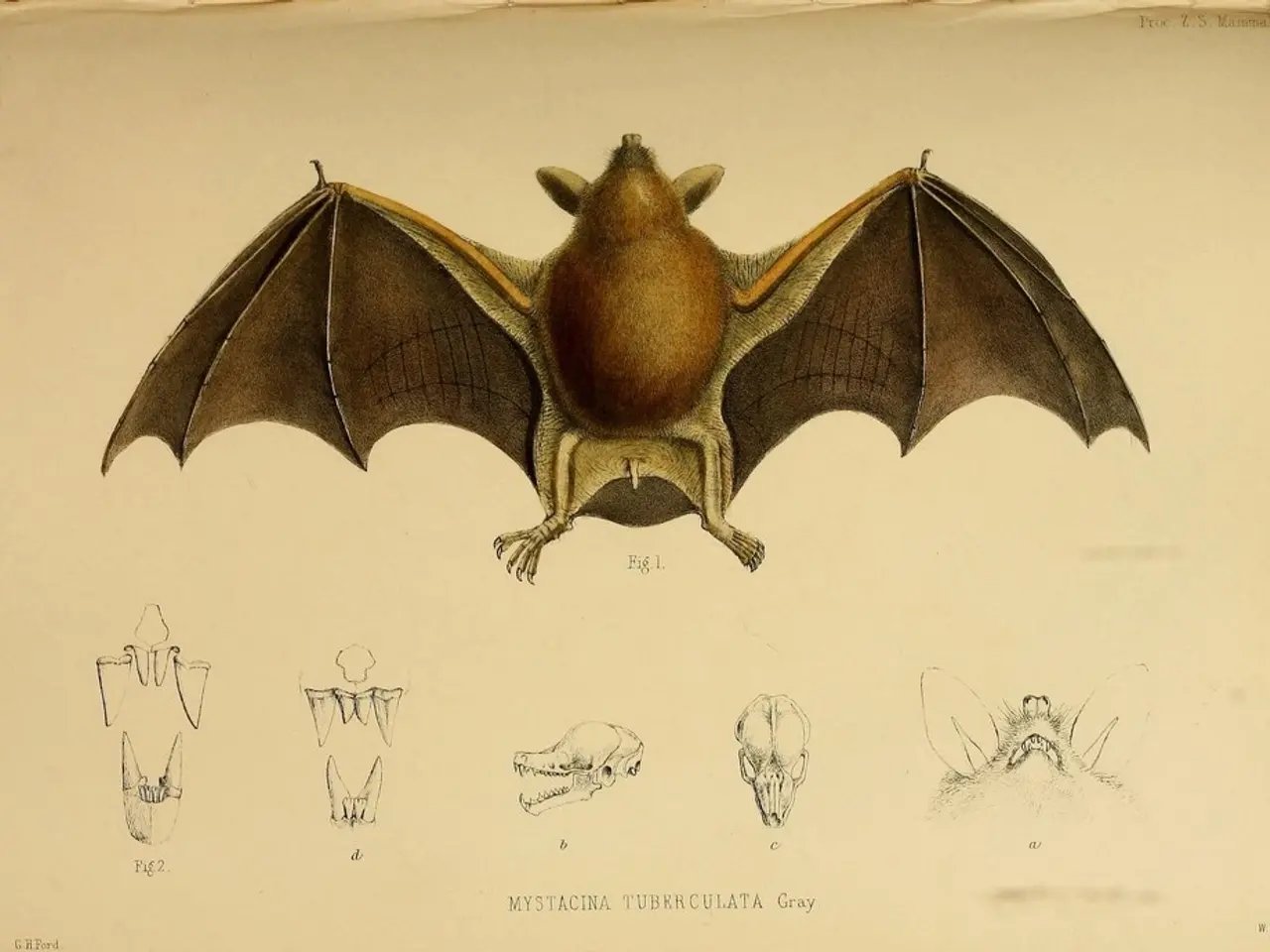Researchers at Pusan National University innovate new technique to manufacture durable, safer lithium-ion batteries with extended lifespan.
Pusan National University, South Korea, has made a significant breakthrough in the field of lithium-ion batteries (LIBs). A team of researchers from the university has developed a new mathematical framework that allows for the creation of high-nickel cathodes with improved mechanical and structural stability.
The research, published in the journal ACS Energy Letters on June 30, 2025, was conducted by researchers from Pusan National University. The paper titled "High-nickel cathodes with mechanical and interfacial robustness via tailored concentration gradients for stable Li-ion batteries" introduces a novel mathematical framework that enables the design of customized full concentration gradients (FCG) in high-nickel cathodes.
Associate Professor Hyun Deog Yoo's innovation expresses the flow rate of the secondary metal precursor tank as a time-dependent mathematical function. This breakthrough allows independent tuning of average composition, slope, and curvature of the gradient using just two precursor tanks, overcoming the conventional limitation where fixed flow rates allowed only one specific gradient per setup.
The new approach has the potential to transform the safety and performance of LIB-based energy storage systems. The optimally designed FCG cathode retained 93.6% of its initial capacity after 300 cycles, the highest cycling stability reported for FCG cathodes of similar composition.
High-nickel cathodes are noted for their high energy density and cost efficiency in LIBs, but their increased nickel content can compromise interfacial robustness and mechanical integrity. The resulting high-nickel cathodes exhibited significantly improved mechanical and structural stability compared to conventional counterparts. They showed enhanced lithium-ion transport for better electrochemical performance and minimal particle cracking, an essential trait for long cycle life.
The media contact for the university is Goon-Soo Kim, who can be reached at 82 51 510 7928 or [email protected]. The press release for the paper can be found at https://www.prnewswire.com/news-releases/pusan-national-university-researchers-develop-game-changing-method-to-create-safer-long-lasting-lithium-ion-batteries-302505234.html. The website for Pusan National University is https://www.pusan.ac.kr/eng/Main.do.
The new mathematical framework could potentially revolutionise the lithium-ion battery industry, benefiting electronics, electric vehicles, and renewable energy applications. With its ability to create a virtually unlimited range of concentration gradients using just two tanks, it offers a significant improvement over conventional methods that are limited to one specific gradient per average consumption.
The DOI for the paper is 10.1021/acsenergylett.5c01634. The research team integrated this framework with an automated reactor system, synthesizing finely tuned FCG Ni0.8Co0.1Mn0.1(OH)2 precursors, confirmed by advanced 2D and 3D elemental mapping.
In summary, the mathematical framework provides a flexible, precise way to customize the metal ion gradients during synthesis, overcoming previous manufacturing limits and enabling performance and safety enhancements in high-nickel lithium-ion battery cathodes. This breakthrough could lead to safer, more reliable, and longer-lasting lithium-ion batteries.
Advanced data-and-cloud-computing technology was utilized in the research to simulate the synthesis process of the new high-nickel cathodes. The performance of these cathodes in lithium-ion batteries could be significantly improved due to the insights gained from this technology.
The new mathematical framework for creating high-nickel cathodes has potential applications in the fields of cloud-based energy storage and technology, particularly in electric vehicles and renewable energy systems.




